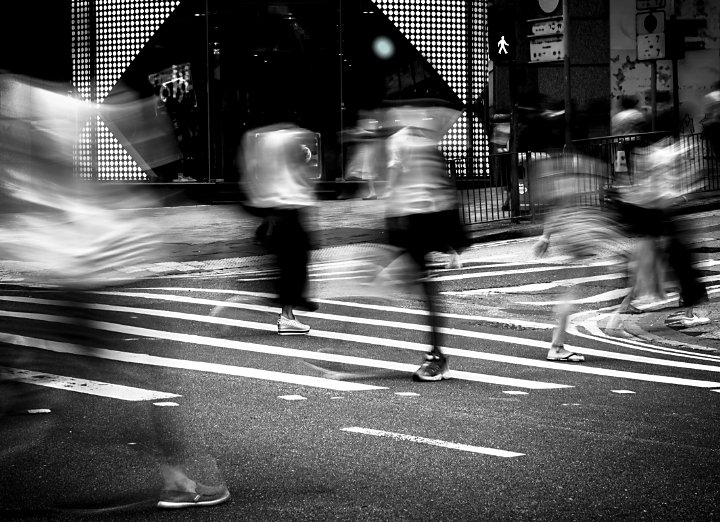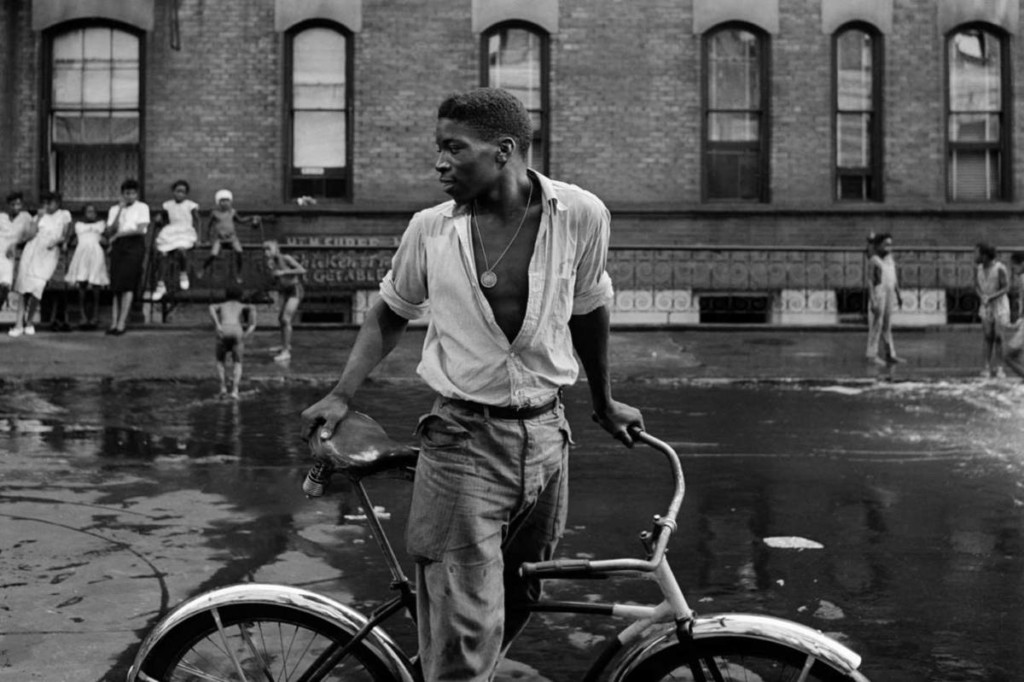The Ultimate Guide To Framing Streets
The Ultimate Guide To Framing Streets
Blog Article
The Framing Streets PDFs
Table of ContentsThe Best Guide To Framing StreetsSome Known Details About Framing Streets Unknown Facts About Framing StreetsThe Of Framing StreetsSome Known Details About Framing Streets The Greatest Guide To Framing Streets
Digital photography genre "Crufts Pet Program 1968" by Tony Ray-Jones Road digital photography (likewise in some cases called candid digital photography) is digital photography conducted for art or inquiry that includes unmediated chance experiences and arbitrary cases within public locations, generally with the goal of catching photos at a decisive or poignant minute by mindful framing and timing. 
, who was influenced to take on a similar documentation of New York City. As the city created, Atget helped to advertise Parisian roads as a deserving topic for digital photography.

How Framing Streets can Save You Time, Stress, and Money.
The chief Mass-Observationists were anthropologist Tom Harrisson in Bolton and poet Charles Madge in London, and their first report was generated as the publication "May the Twelfth: Mass-Observation Day-Surveys 1937 by over 2 hundred onlookers" [] Window cleaner at Kottbusser Tor, Berlin, by Elsa Thiemann c. 1946 The post-war French Humanist College photographers located their topics on the road or in the bistro. Between 1946 and 1957 Le Groupe des XV each year exhibited work of this kind. Andre Kertesz. Circus, Budapest, 19 May 1920 Road digital photography developed the significant web content of 2 exhibitions at the Museum of Modern Art (Mo, MA) in New York curated by Edward Steichen, Five French Professional Photographers: Brassai; Cartier-Bresson, Doisneau, Ronis, Izis in 1951 to 1952, and Post-war European Photography in 1953, which exported the principle of road photography internationally.

The Framing Streets Statements
, after that an instructor of young youngsters, associated with Evans in 193839.'s 1958 book,, was considerable; raw and frequently out of focus, Frank's photos questioned traditional photography of the time, "challenged all the formal regulations laid down by Henri Cartier-Bresson and Walker Evans" and "flew in the face of the wholesome pictorialism and genuine photojournalism of American magazines like LIFE and Time".
Report this page